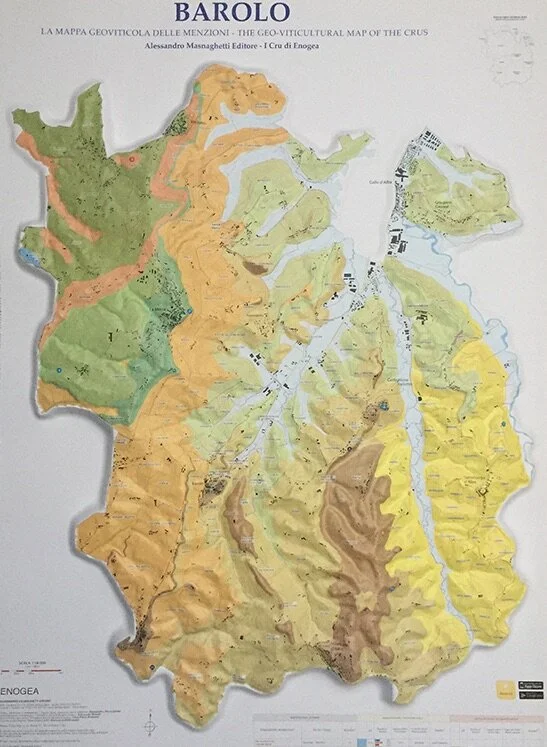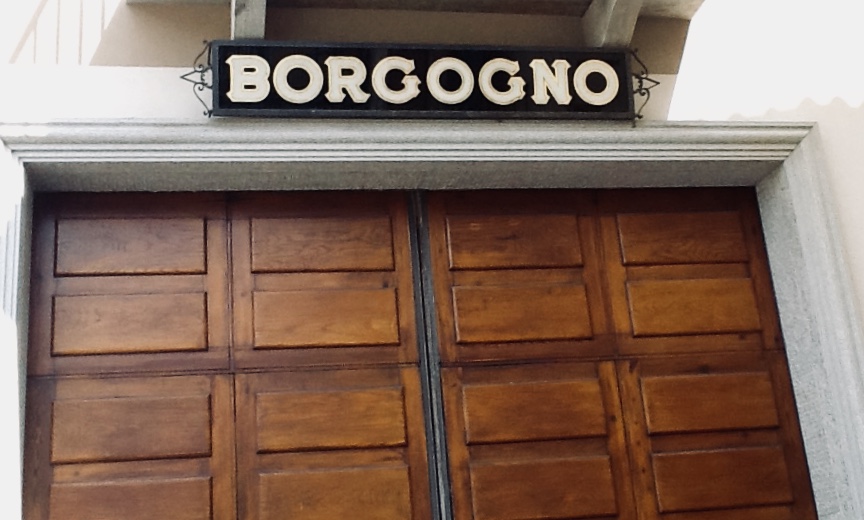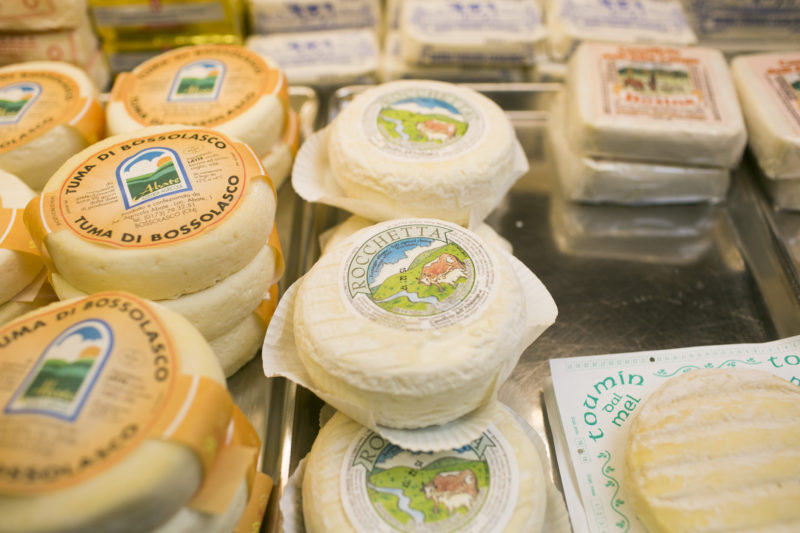Alba White truffle - What is it? Why is it so famous?
/by Alexa
We cannot talk about Piedmont without thinking of the king of the table: Barolo, I mean the Alba White Truffle.
But what is a truffle? And why is it so precious and famous? I’ll answer all of these questions and more, helping you with some tips on food pairings, on the Truffle Festival and on the right season to come to appreciate at best this delicacy.
LET’S TALK ABOUT THE ALBA WHITE TRUFFLE
Truffles are underground mushrooms that grow attached to some specific tree’s roots. Oaks, poplars, willows, hazelnuts and lindens are their favorite. The main areas in which you can find them are three: Langhe, Roero and Monferrato, even if, nowadays most of them are mainly from the last two, since there are more wooded areas.
The tuber magnatum pico aka alba white truffles are the most aromatic truffles in the world, their aroma is delicate but explosive, while the black truffles are more pungent and have a more earthy aroma.
That said, black truffle slices need to be heated a little bit in order to release all their aroma. On the other hand white truffles are to be sliced directly on your dish so the perfume hits your nose immediately.
Getting more specific on the white truffle, it loves humidity and cold weather. The season to find them is between mid-September and the end of January. Outside these months it’s not possible to sell them. The aroma has notes of garlic, honey, wheat, mushrooms and moist soil. Thanks to the intensity of its perfume it is able to attract wild animals, such as boars, foxes and deers that help spread the truffle spores around, digging and eating them and it’s able to survive and grow again the next year.
Before giving you practical tips on the truffles, let's talk about its long history. Historians think that it’s known since Babilonians and Sumerians, 6000 years ago, but the first proof in Europe is from Roman times. Plinio the Elder, a Roman writer, described it in his Naturalis Historia (XIX, 11) as a natural prodigy, because it grows without roots. He thought that this was possible because of the rains and lightning. A similar idea came to Giovenale, another Roman writer, who wrote the myth of “truffle birth”: Jupiter threw a thunderbolt near an oak tree and the first truffle was found. The Romans understood the aphrodisiac properties of the truffle and wrote about it, but, for the same reason, during the Middle Ages was considered a Devil temptation and formally disappeared from the tables. It came back loudly on the Europeans nobles’ tables starting from the Renaissance, mostly thanks to two noble women: Caterina de’ Medici and Lucrezia Borgia.
HOW TO KEEP AND CLEAN A TRUFFLE
You are in Alba and you’ve just bought a white truffle, you have to preserve it in the right way if you don’t want to waste it.
Truffles are made up of 80% of water, you don’t want them to gain too much humidity or to dry out. Don’t listen to people telling you to put under rice, because it will completely dry your truffle. You have to wrap it in a piece of kitchen paper, put it in a plastic or glass box and then into the fridge and don’t forget to change the paper at least once a day or it will absorb humidity. Of course, the sooner you eat it, the better! Make sure to ask the seller how many days you can keep it. It depends on when it was dug up, and of course, on the quality.
Once you decide what to pair with it, you must clean it. Don’t put it under running water, it will absorb too much humidity. Instead, use a soft brush to clean the dirt that is still attached to it.
Once you’re done, it’s ready to be sliced! Use a truffle slicer, in this way you can regulate how thin or thick you want your slice.
WHAT TO PAIR WITH A TRUFFLE
Now you know everything about truffles before being consumed, but what is the best way to eat them? The white truffle's great aroma is delicate and, at the same time, explosive in your nose and mouth. But in order to get as much of it as possible you want to cook a dish that is hot and has a component of fattiness.
I recommend trying the truffle with a fresh handmade pasta, as tajarin, typical of Langhe, seasoned only with a good quality butter. Just slice it on the pasta and you’ll have a simple but effective way of enjoying it!
Another good pairing is with a poached egg. The less is seasoned the better, since it will enhance the aromaticity of the truffle without covering it. Even better if you do a cheese fondue, not too strong, put your poached egg on top and as a final touch the sliced white truffle.
If you’d like to have a full menu, you can also try it with a dessert, such as cream-flavored ice cream, it’s delicious, trust me!
Of course, we cannot talk about food pairing without including wines! I recommend a wine that would enhance the natural aroma of the truffle, without overpowering it. A good choice is a wine from the truffle’s region, such as Alta Langa Sparkling Wine or a Timorasso white wine from Monferrato region. If you prefer red wine, you cannot go wrong with a Nebbiolo based wine, such as Barolo or Barbaresco.
ALBA WHITE TRUFFLE FESTIVAL
Every year, from October’s first weekend, people from all over the world come to Alba for the White Truffle Festival. It’s lovely to just to explore by car, taking little roads between the vineyards, stopping to take a picture of the stunning panorama and then, during the weekends, to visit the truffle festival held in a little square of the city center, called Cortile della Maddalena.
The festival was born in 1929, as part of the harvest festival. Some truffle hunters from Langhe, Roero and Monferrato were called to show and sell their white jewels. It was right off a success and started to grow bigger and bigger every year.
In 1932 Pinot Gallizio, a famous artist from Alba, invented the donkey race that is still very famous and trust me, quite funny.
Today I suggest you to come during the weekends of October, especially the first one, if you don’t want to miss the donkey race, the historical reenactment and the Baccanale, a full day of medieval games, food and drink!
But if you’ll be here only for the truffles you want to come later, from the second half of November. The truffle aroma gives its best with the cold weather, rain and humidity.
While you’re here, you don’t want to miss the opportunity to have a truffle hunting experience with an expert and her dog! You’ll follow a real truffle hunter and you’ll see the dog doing its job. It’s beautiful to have the chance to witness the relationship between the two of them and it’ll be unforgettable the emotion of finding your first truffle.
Want to experience a real truffle hunt, taste Langhe’s best truffles, or learn more about them? Check it out here.



















